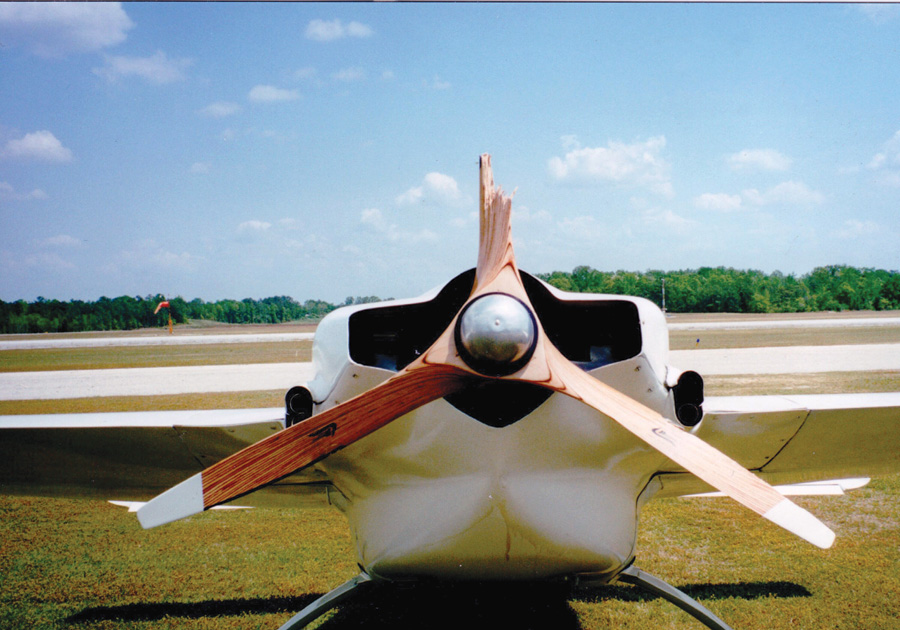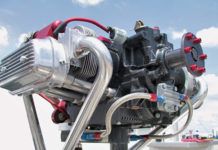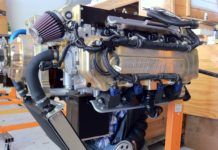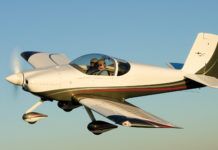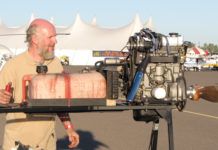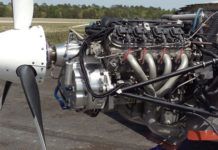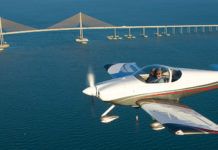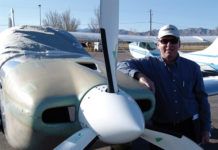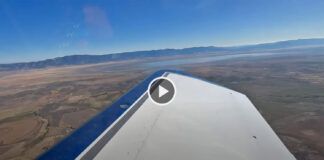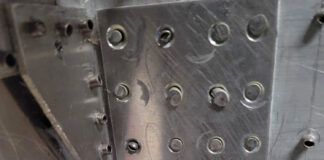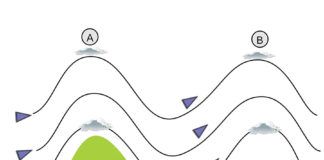If you are reading this article, you probably love aviation. You may even be addicted and totally consumed by it.
Typically, for some of us, it began early, perhaps as early as age 4 if you were lucky enough to have seen an airplane, visited an airport, or knew a pilot and had a flight. You may remember running through the woods at your grandfather’s farm with your arms outstretched, pretending to be an airplane—climbing, banking, diving, evading the enemy and pouncing on him. It begins very early for some.
The urge to fly can be strong, so strong nothing else seems to matter—not even girls—at least for a time. The Wright brothers never married; the only women in their lives were their mother Susan and a sister Katharine.
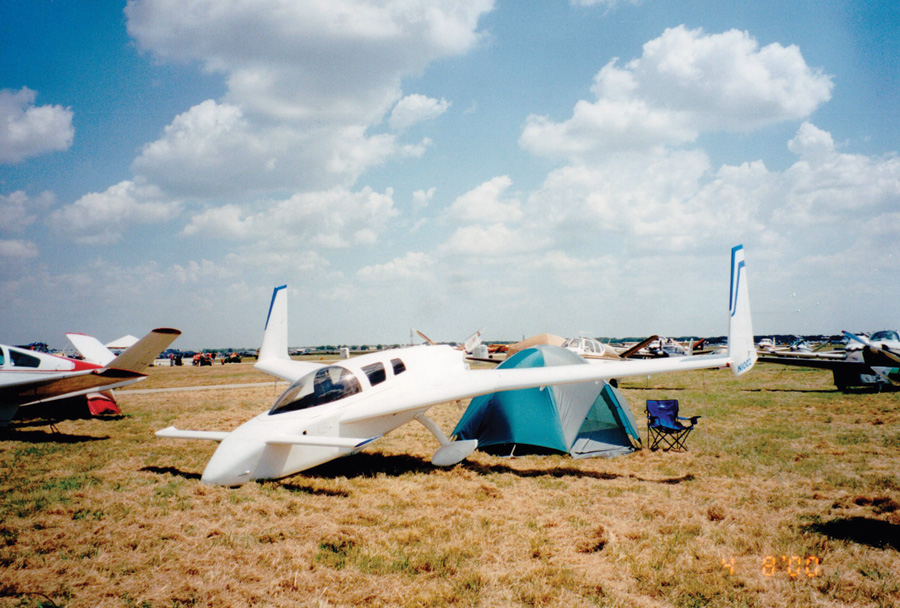
Camping with the Cozy. The aircraft was built from 1988 to 1994 with a Lycoming O360-A4M and Clark Lydic Performance Prop.
Fast forward a few years and you’ve realized your dream. You’ve financed your way through a civilian flight school, learned to fly at a local airport, or got lucky and experienced military flight training.
But along the way something changed—the dream is not what it was when you pretended to fly at age 4. A stark reality of flight emerged: airplanes crash and burn. Friends are lost. What happened to that innocent dream in the beginning?
Nothing happened that is unpredictable. It has been that way since the beginning at Kitty Hawk. Stuff happens. Accidents and unpleasant events continue because we are human and do not do it perfectly all the time. A string of coincidences, mechanical and/or mental, follows us and if not broken, a flight ends early. The dream is very much alive, but it has been tempered with experience.
Smart pilots learn they are not invincible. They understand there is a price to pay for ignoring warning signs, and they have developed a respect for bad weather.
Welcome to flying and its inherent risk. The love and passion for aviation has matured. We still enjoy it, but from a different perspective. And it turns out women do matter; perhaps you’ve married and have kids to prove it.
In the 50+ years that I’ve been flying, I’ve had numerous opportunities to learn from experience. I’ve made my share of mistakes, felt fear when something went wrong, and got lucky (if there is such a thing). I’ve learned to manage risk and accept it without apprehension. Flight all tensed up is no fun. One has to arrive at a point where precautions are taken, the risk is minimized and accepted, and as an old saying goes, kick the tires, light the fires, and go fly. But sometimes, things don’t go according to plan.
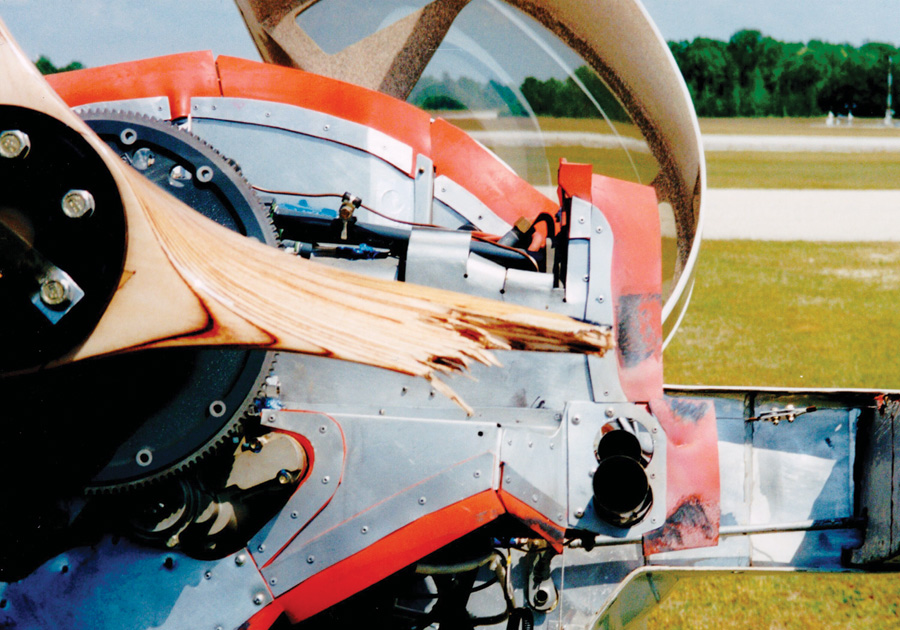
Returning from Sun ‘n Fun in 2000, an exhaust pipe broke loose on the Cozy pusher and went through the prop.
The Broken Prop
The broken propeller I’ve kept for almost 16 years is a reminder that flying is risky. I nearly disposed of it a couple of times with moves. I almost ran it through a band saw recently, but did not. Something always tells me to keep it.
It happened April 12, 2000 with a Cozy pusher, returning to St. Louis from Sun ‘n Fun. An exhaust pipe broke and went through the prop. The pipe break occurred under a heat muff, and evidence of the pending break went undetected because I did not remove the muff for inspection in a timely manner. The muff attached to the pipe at welded flanges, and that’s where it broke. That system was changed to clamps as a result of the event.
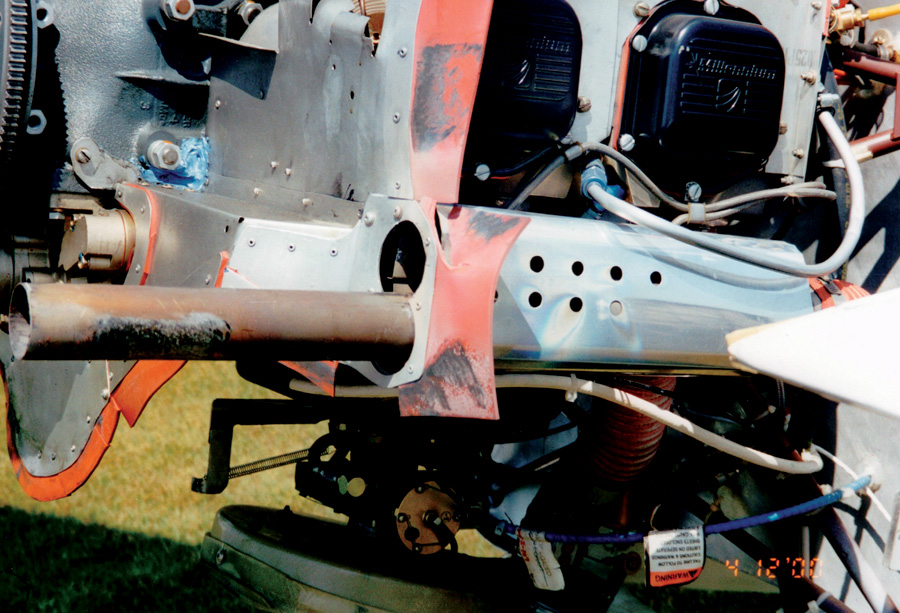
Evidence of the pending break was hidden under a heat muff that was not removed in a timely manner for inspection.
I was never so scared in flight as that day—the vibration was horrific. The Holy Spirit moved my hand to shut down the engine in an instant and all was calm. The airplane did not come apart and was flying like a glider at over 10,000 feet. An air traffic controller vectored me to Auburn, Alabama. It was a bad day, but a good day the way it ended. It took two weeks to get a new prop, dial check the engine prop flange, and fly home. A subsequent accessory case inspection by a mechanic revealed no damage to the engine. Lycoming engines are tough.
I often wonder where the missing blade is today. It happened about 15 miles northeast of Auburn, so if anyone down there picked it up from a field, street, or backyard and has it stashed away, now you know where it came from. I totally lost confidence in pusher power that day and am now in an RV because of it.
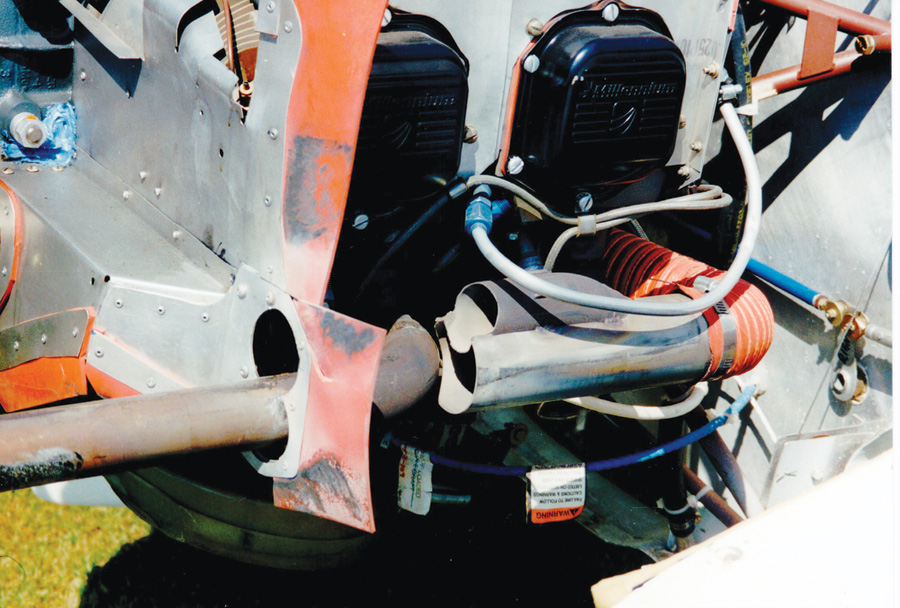
The muff attached to the pipe at welded flanges, and that’s where it broke. The system was later changed to clamps as a result of the event.
There’s a difference between losing confidence and condemning something because things went wrong. It has to do with how the brain works. Certain events get lodged in the memory circuits and cannot be deleted. That’s what happened to me and canard pusher airplanes. It’s like a marriage gone bad. Lots of guys enjoy canards, and they are fun to fly. But not with me anymore. When something like this happens, it is time to move on. What happened was preventable, but that does not delete the event from the memory circuits—at least not for me. The consequences of the event could not be avoided if I was to continue flying.
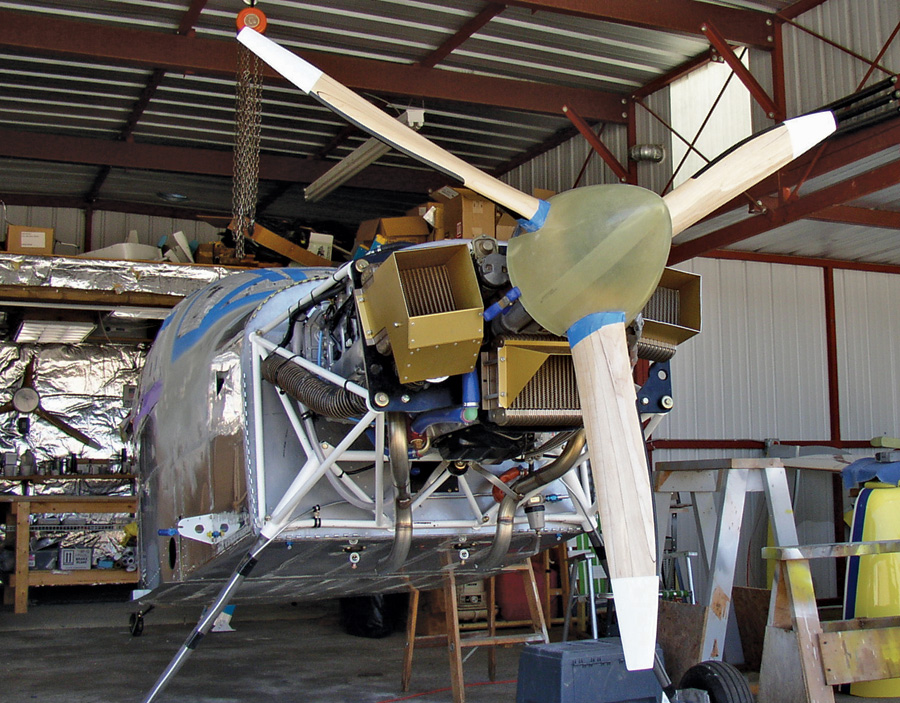
After the Subaru H4 engine failed in the RV-7A, a Subaru H6 and fixed-pitch prop were installed. The plane was also converted to an RV-7, but after a few flights it was changed back to an RV-7A.
The Alternative Engine
Accidents and unplanned events in an airplane are many times a result of a line-up of circumstances that lead up to whatever happened. It also happens with major life choices and in selecting a particular airplane and engine.
In my case the decision to go with an RV-7A also led to an intense interest in an alternative engine. I remember flippantly commenting to a friend, “Anyone can install and operate a Lycoming; this is interesting and challenging.”
What was so interesting and challenging? An Eggenfellner Subaru I saw at Sun ‘n Fun, no less.
We talk about risk management and know its benefits. We should talk about managing impulsive behavior. The first link in a series of circumstances with the Subie was hearing, seeing, and observing the engine during a ground run. I placed my hand on the wingtip and there was no vibration. Impressive. It sounded great, burned mogas, was ECU controlled, and had a constant-speed prop. I was hooked.
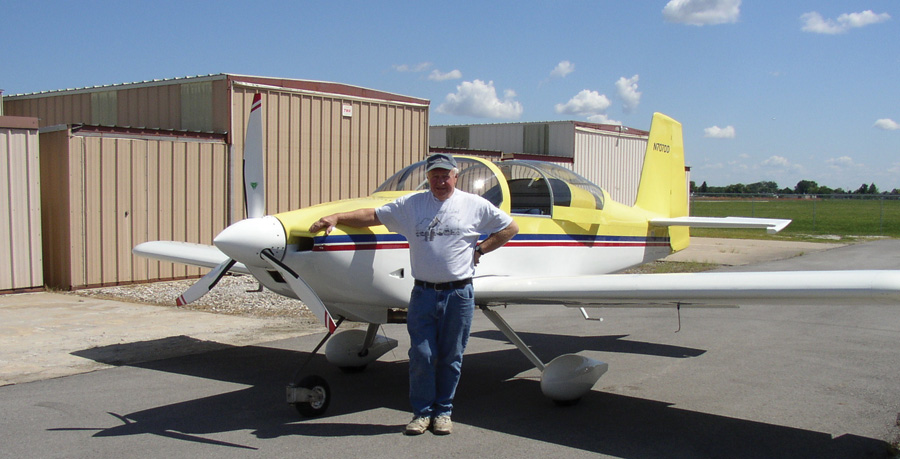
The author and his H6-powered RV-7A, upgraded with an MT constant-speed electric prop. When cooling and PSRU issues couldn’t be solved, the H6 was replaced with a Lycoming.
Fast forward again—five years and some 320 hours of flight time. I tossed in the towel on the Subie. One wrecked airplane, two engines, two gearboxes, two prop systems; it just didn’t make sense to continue. I could not solve the cooling problems, and gearbox bearing failures were insurmountable. I went back to square one and installed a new Lycoming and a Catto prop. That worked.
Lesson learned: A reliable engine and prop are essential to safe flight. Creating a reliable engine is no small undertaking. It has taken Lycoming (and Continental) many years to achieve the level of reliability they have. It cannot be done quickly with an alternative engine. No greater testimony to that fact exists than the tragic crash and fire of an RV-10 with a Subaru H6 engine. It was a disaster that was extremely sad.
Building Again
Fast forward again—this time three years. I was having lunch with a friend who had built and flown an RV-7. I asked him if he ever thought about building another airplane. He responded yes, his wife had told him he was at home too much, so go build another airplane. It turns out we both did; he is building an RV-12, and I built and am flying an RV-8.
The RV-8 was my one unfulfilled passion—it had to happen. No question, it would have a Lycoming engine. But I needed one final challenge: a tailwheel. That came to pass, not easily after so many years with a nosewheel, but it is OK now, and I greatly enjoy flying it.
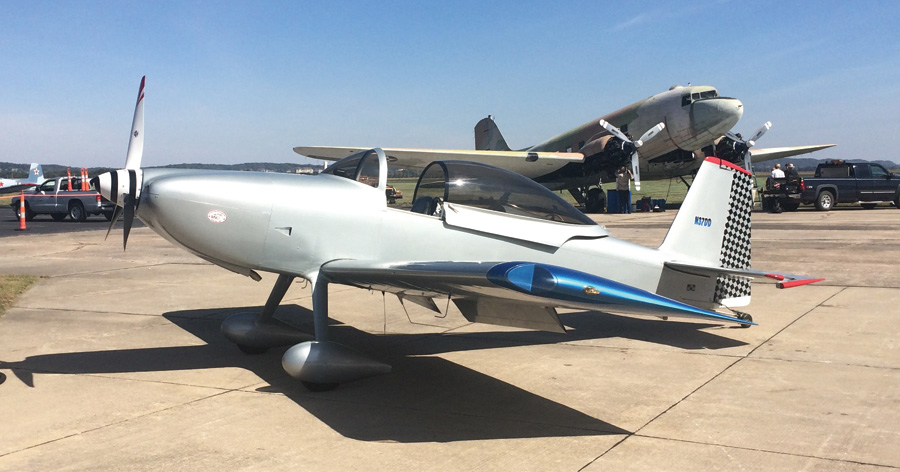
David’s most recent plane is an RV-8, powered by a Lycoming engine. It first flew in June 2014 and helped him become a proficient taildragger pilot.
Where and When Does it End?
I don’t know. For sure stuff happened along the way that was a challenge and sometimes frightening. But I would not have missed it for anything.
All things in life are a consequence of events or circumstances leading up to it. In this story I am now flying my favorite airplane, the RV-8. It is the outcome of what began 16 years ago with the broken exhaust pipe, so some good came of it after all.
If these experiences bring home an appreciation for caution, diligence, and a toned-down feeling about experimenting, they will have served a purpose. Above all else, follow your dream to fly, and then build the airplane of your choice. It is life at its best.

